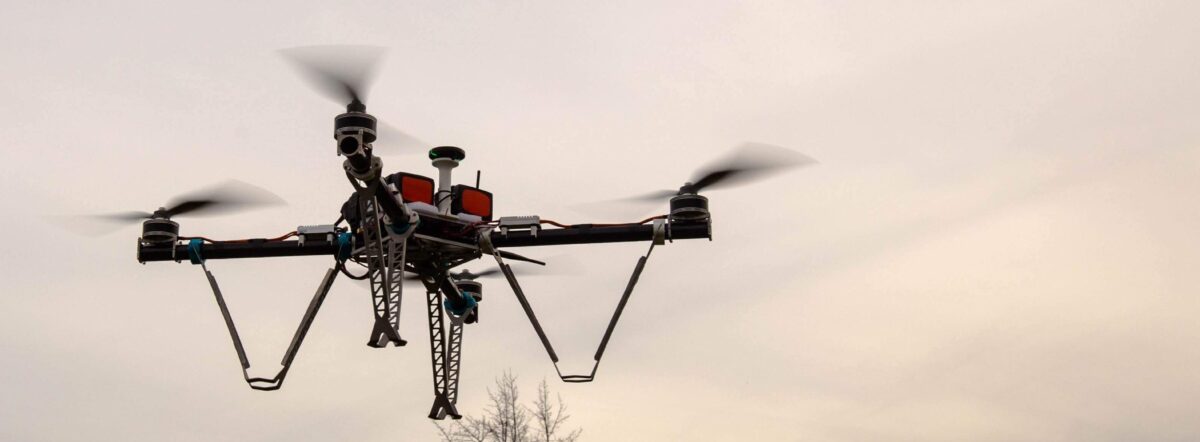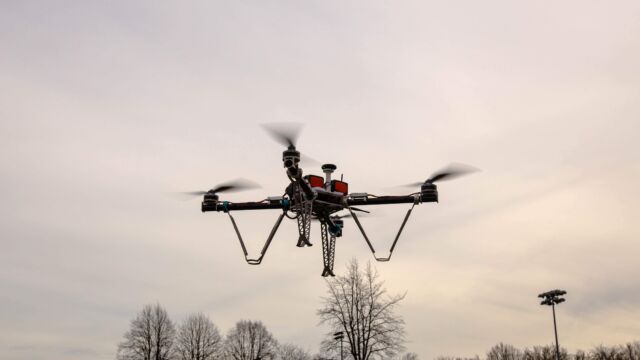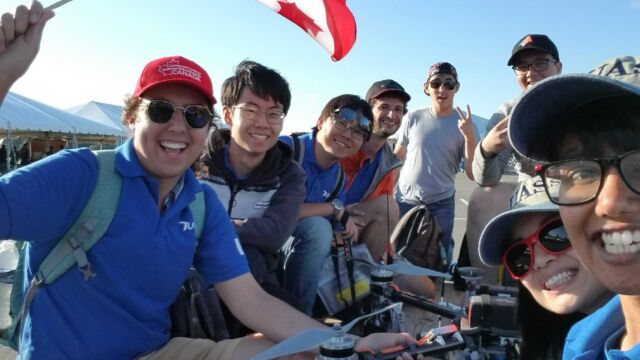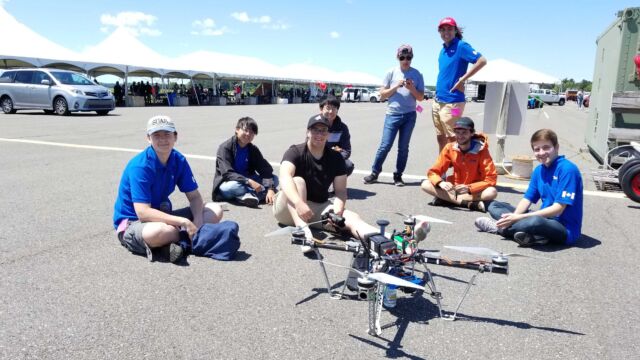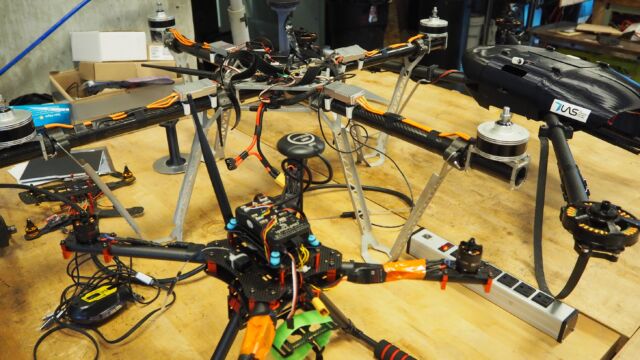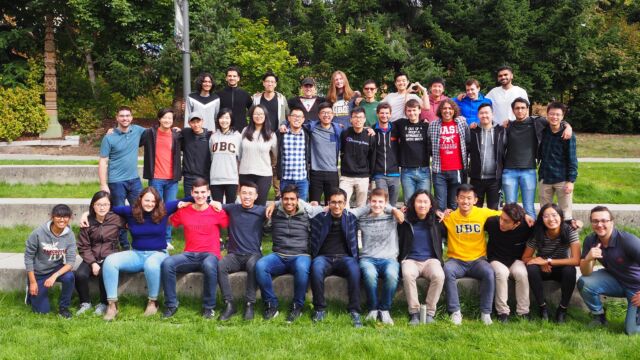Help UBC UAS build their drones!
UBC Unmanned Aircraft Systems (UBC UAS) is seeking your support to purchase new parts, build new systems and help students travel to competitions.
Story Description
UBC Unmanned Aircraft Systems (UBC UAS) is a student engineering design team with passionate future engineers pioneering the aerial robotics industry. Each year, the team participates in two competitions, the Student UAS competition by Unmanned Aircraft System Canada (USC UAS) and the Association for Unmanned Vehicle Systems International Student Unmanned Aerial Systems Competition (AUVSI SUAS), competing against 70+ teams around the world!
Unmanned Aircraft Systems is one of the most important up-and-coming industries in the engineering sector. The scope of this industry stretches beyond the aviation sector, and now includes inspection, rescue, agriculture, insurance and law enforcement. The vast unexplored scope of this industry fosters engineers to “think outside the box”, finding creative solutions to challenging problems.
The team is putting its best foot forward this year with a fully autonomous system that will perform fly a 6-mile waypoint, fly a survey with object detection and classification and deploy a rover from 100ft altitude that will drive down to a lost hiker. Along its route, the aircraft will actively avoid static as well as dynamic obstacles in its environment. This technically challenging air and ground mission has the team working diligently towards designing, prototyping, manufacturing and testing the aerial solution with the utmost excitement. Achieving autonomy and robustness in the solution comes with a financial burden and this is where you can help!
With experience in multirotor, VTOL and fixed-wing aircraft, the team is set to build a winning system. UAS placed as one of the Top 3 Canadian teams at the international level AUVSI SUAS competition 2019, and hopefully with your support this year, we will be ready to rise to the top for AUVSI SUAS 2020!
Challenges & Impact of Your Support
Imagine you’re a part of a hiking group scaling the mountains at the Rockies. It is cold and snowy. Your friend Cornelius has slipped on a gravelly section of the path and fallen out of view. There’s no way anyone can get to him without endangering their own life. This is where Unmanned Aircraft Systems come in handy. Reasons like this one, or transporting medicine in remote areas, disaster response, endangered species protection, agriculture planning, and even early wildfire detection is where UAS provides its incredible value.
One of the biggest design considerations the team makes during its decision making process is cost. Since the team is fully operated by students, access to sufficient funding can be challenging. The design cycle consists of designing all the software, mechanical and electrical components of the drone and ground station, prototyping the solution to ensure the validity of the designs, manufacturing a production-ready version, and then the implementation of the new system. Due to the competition deadlines, the team has only eight months to design, build and test the system. We’re following an iterative design approach and where concepts are frequently being tested and improved. This involves purchasing many parts, components and materials, sometimes in redundancy. What’s more, being an entirely student-run team, team members dedicate time to not only build the system from scratch, but also learn how to do it and spread the knowledge to newer members. This is where your support would be extremely beneficial.
UAS would like to purchase its newly designed power drive system for its new aircraft, Kestrel, consisting of 550Wh li-po batteries, 100 KV motors and 3-blade carbon fibre propellers. It is essential that the team does not compromise in the quality of these components as they are mission critical components.
Participating in the team allows members to develop professionally, in both their technical skills as well as their soft skills. The experience they gain is a fantastic supplement to the training they receive within their classes, and gives them hands-on practice with design challenges, project management and high-pressure competition scenarios. Going through the entire project from start to finish – participating in a complete design cycle – also allows the students to be more well-rounded engineers. Your support will allow the students of the Unmanned Aircraft Systems design team to continue to succeed and thrive in this prospering field.
About UBC UAS
UBC Unmanned Aircraft Systems (UBC UAS) is a multidisciplinary group of students spanning the faculties of Applied Science, Land and Food Systems, Arts, Science and the Sauder School of Business. The team is a group of students with a wide span of interests, who are united through their passion for drones.
The core objectives of UBC UAS are to build knowledge, winning systems and a team for the future. The team strives to cultivate an atmosphere of respect, mutual growth, learning, and ambition. UAS aims to inspire the next generation of professionals at the forefront of the unmanned aviation sector, and to make a mark on this rapidly growing field.
